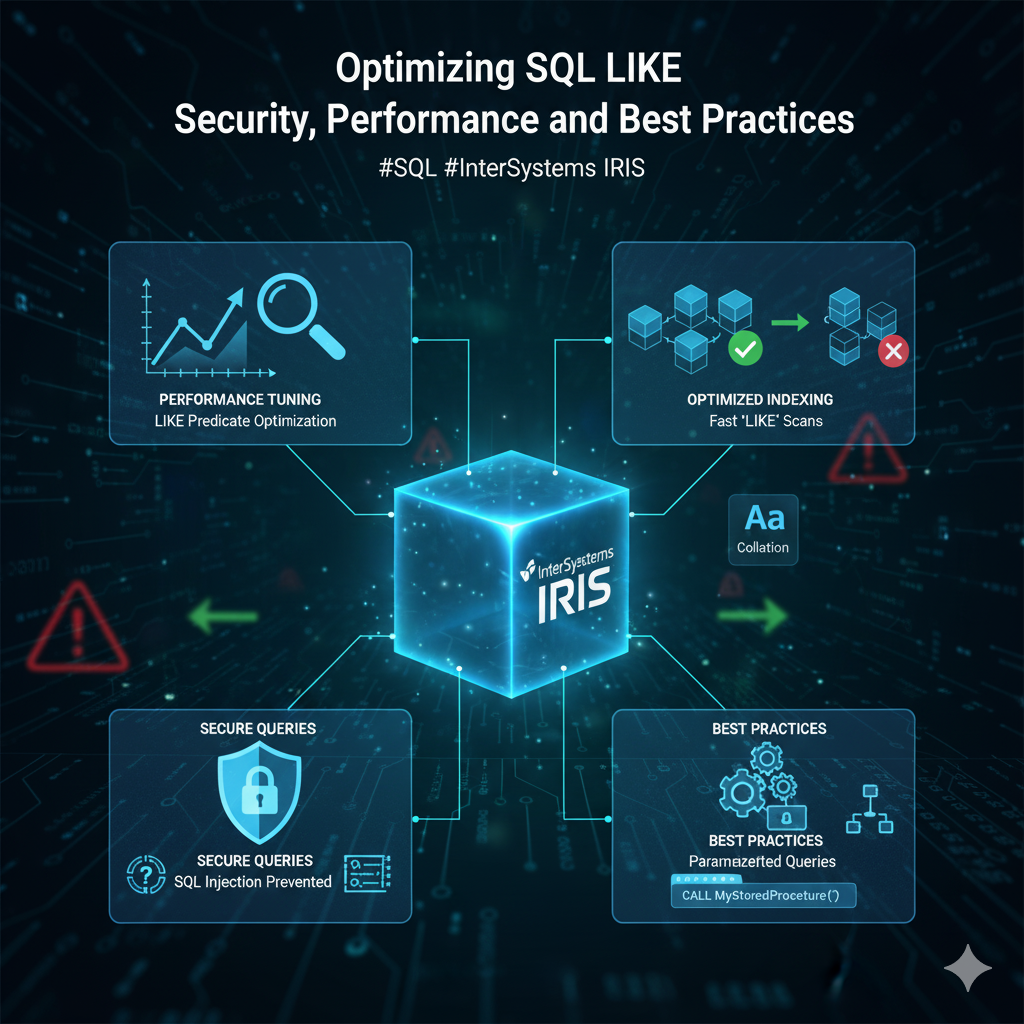Hi Community,
On 8-9 June 2020 InterSystems UK & Ireland will be hosting the annual events for its customers, offering both technical and strategic insight content on the different ways to achieve successful digital innovation:
➡️ InterSystems UKI Developer MeetUp
➡️ InterSystems UKI Innovation Day
InterSystems is committed to your success, and to ensure we make the best use of your valuable time, we would like to understand more about the technology drivers and challenges your business is facing now, and how you are preparing beyond 2020.
With your help, we can ensure that the conference agenda features topics relevant to your business, with information that will maximize your IT investment and partnership with InterSystems.
The survey will only take an estimated 3 minutes to complete. Thank you in advance for your feedback!

SAVE THE DATE
Keep your eyes peeled for an official event invitation in coming weeks, but you can save the date and register your interest here.


.png)


